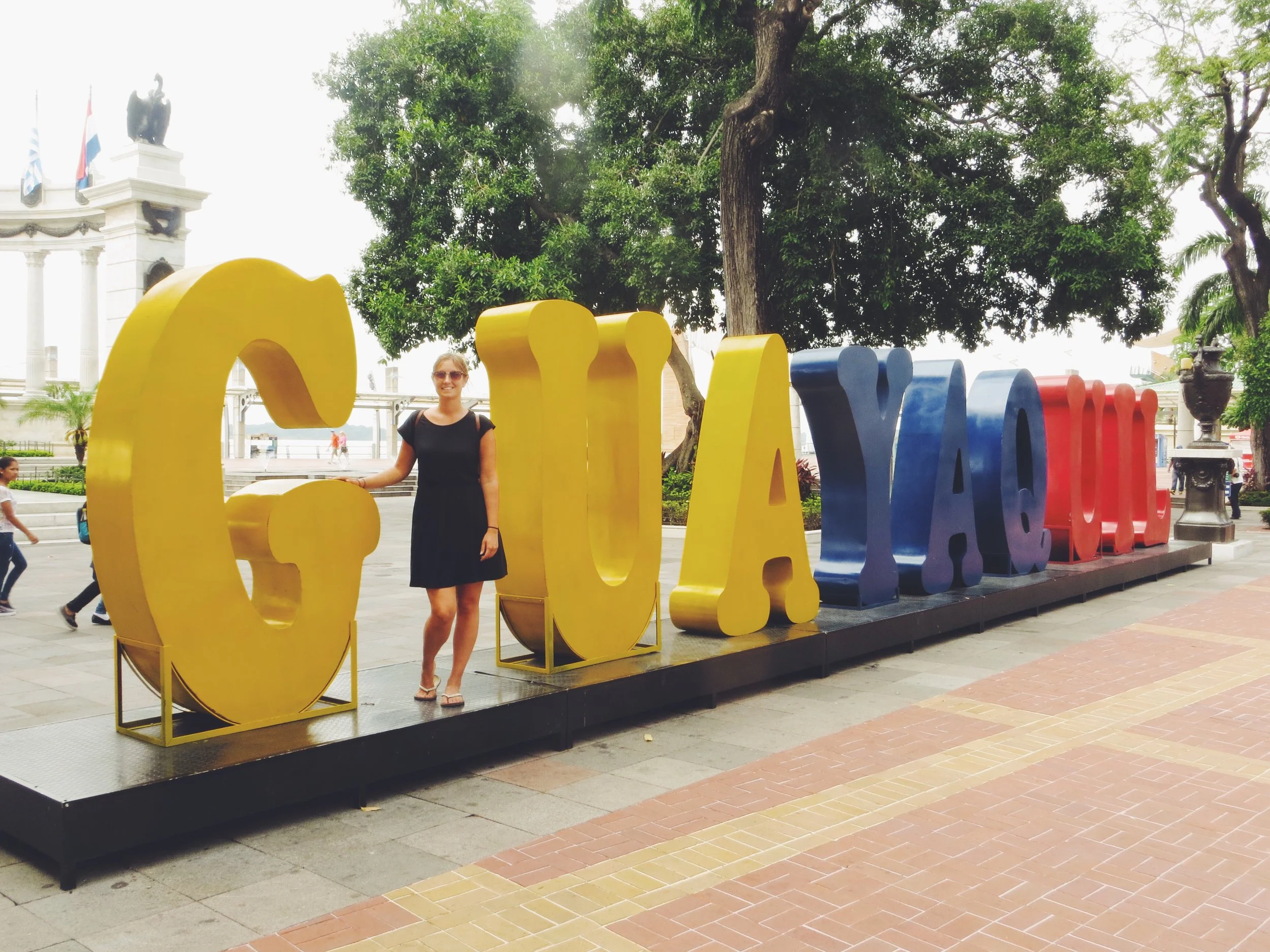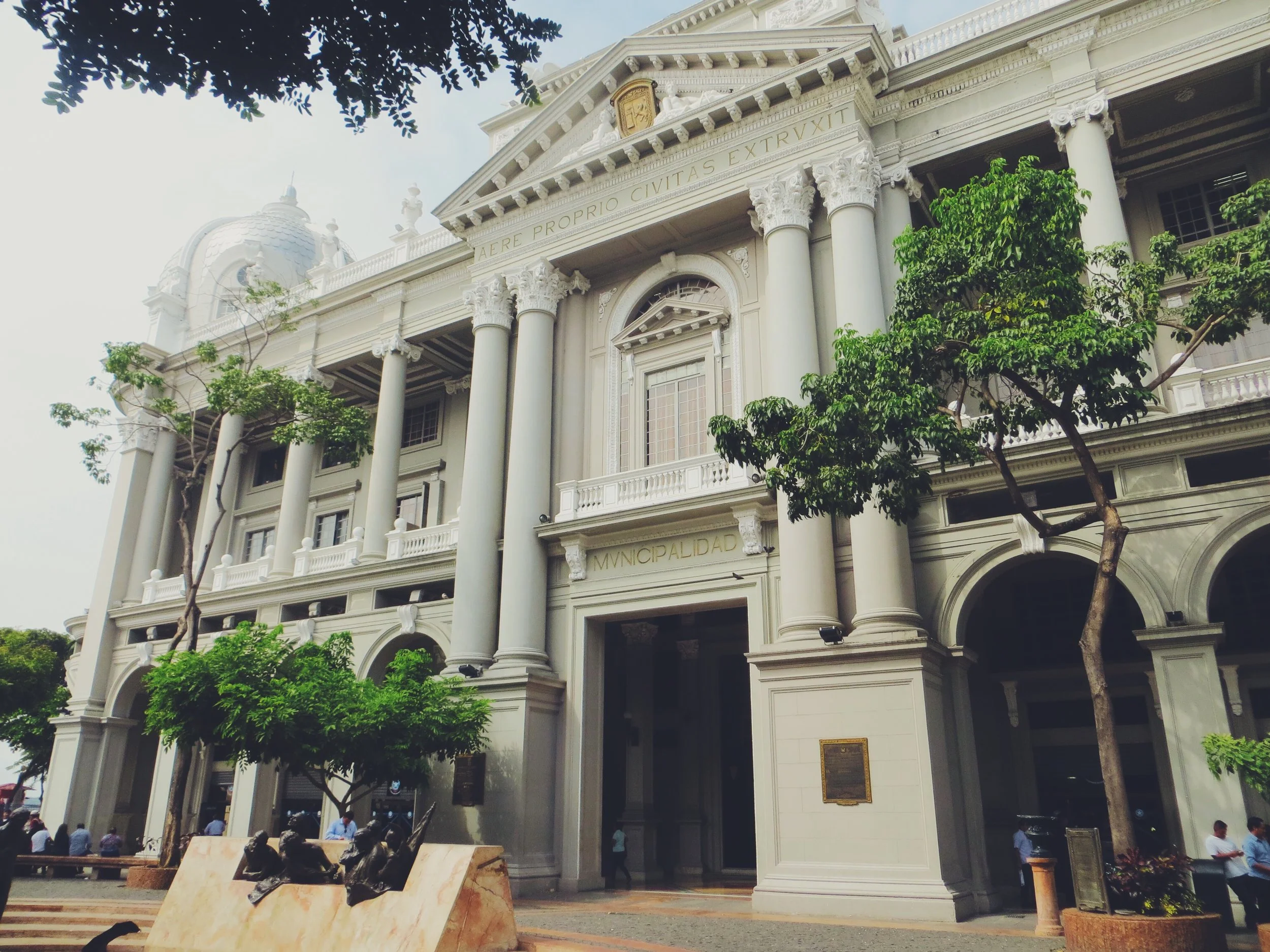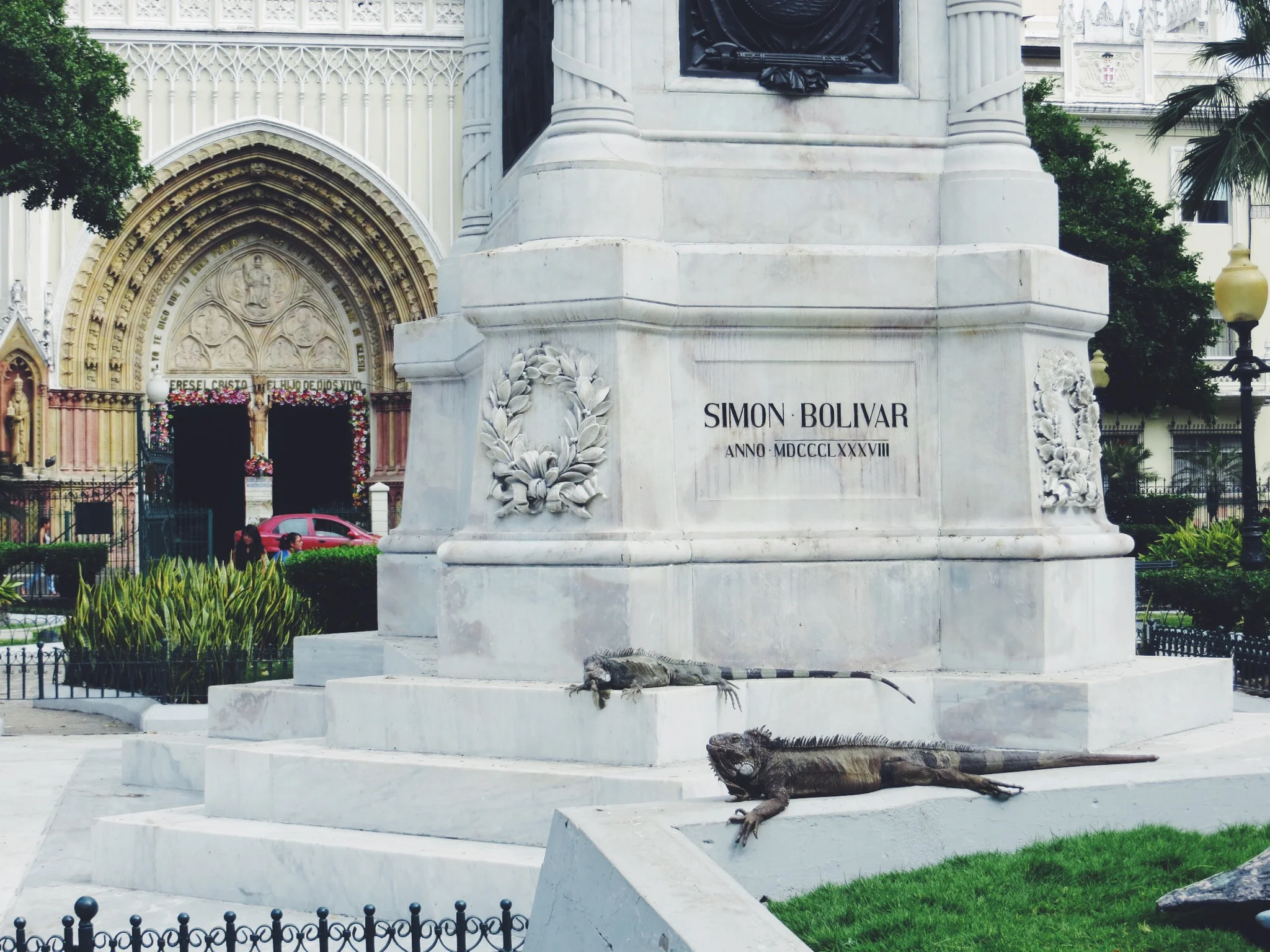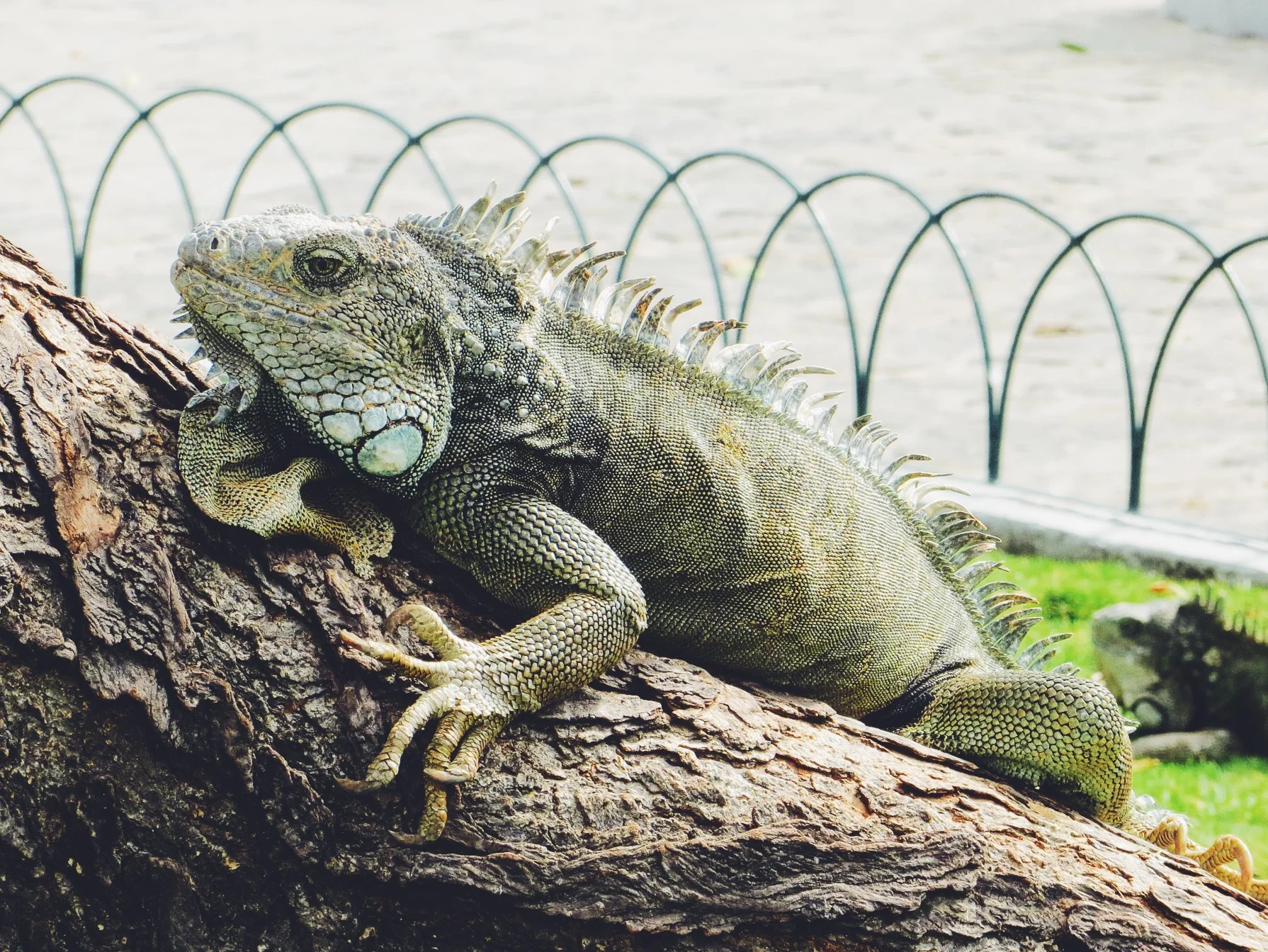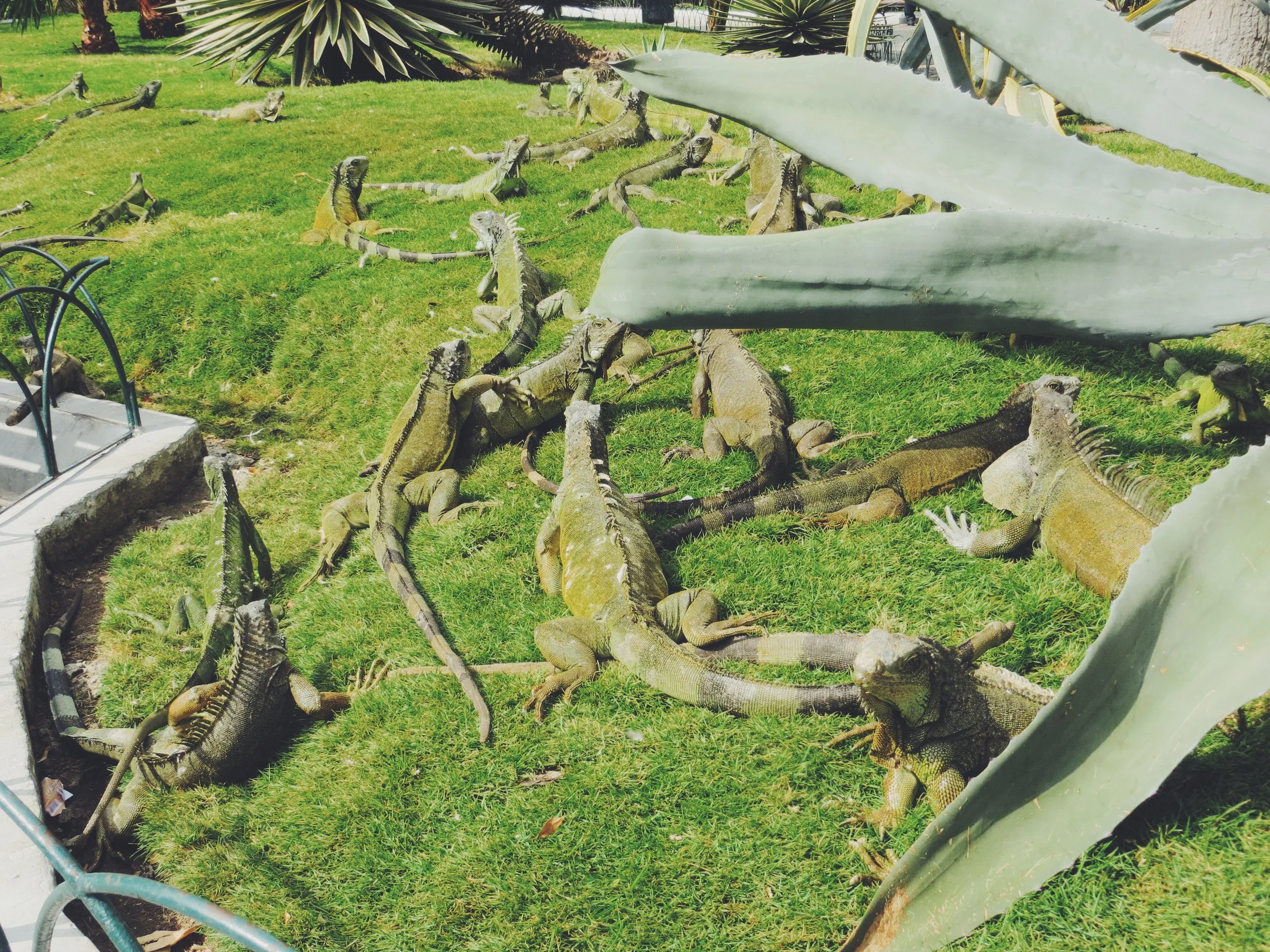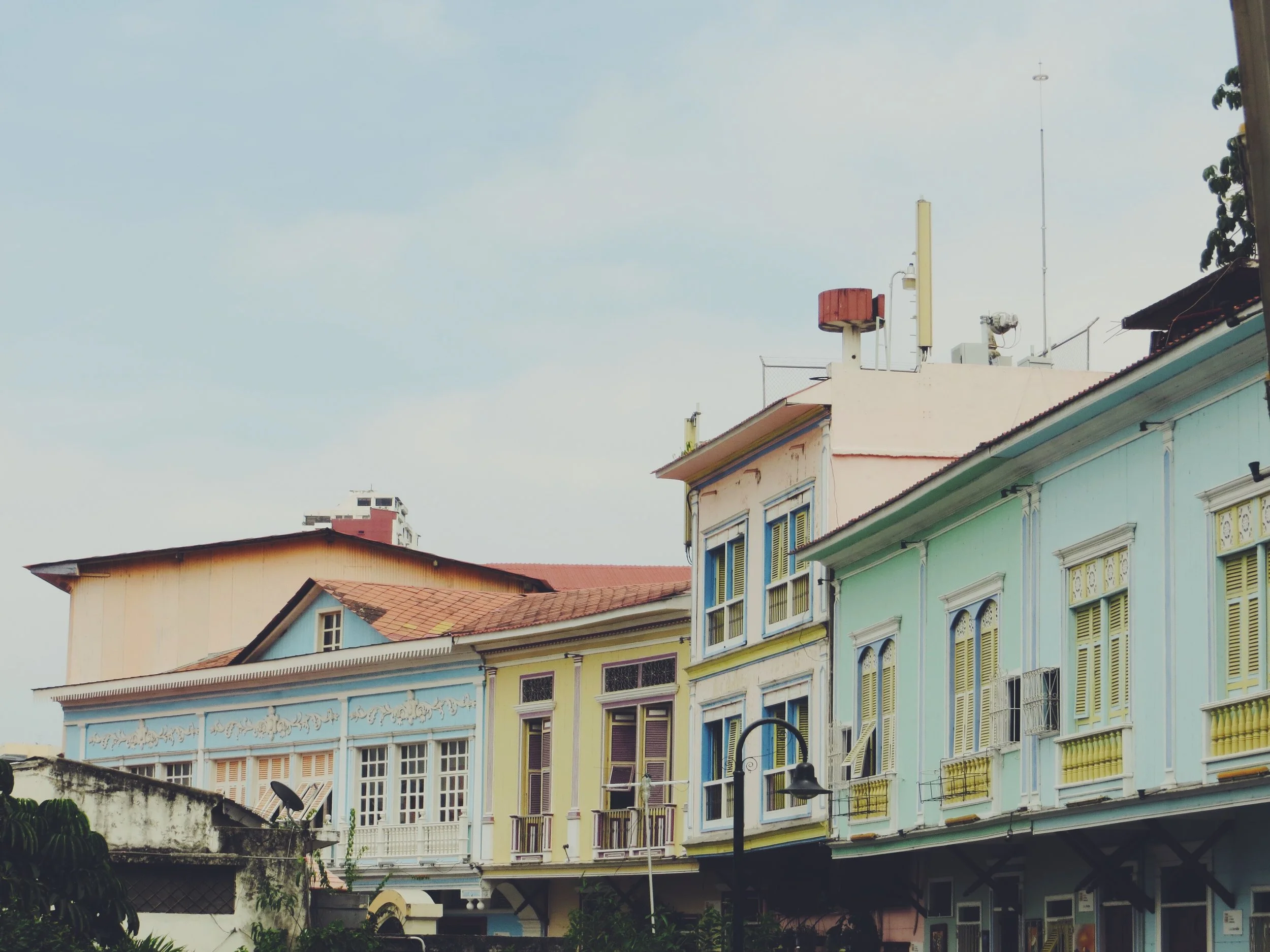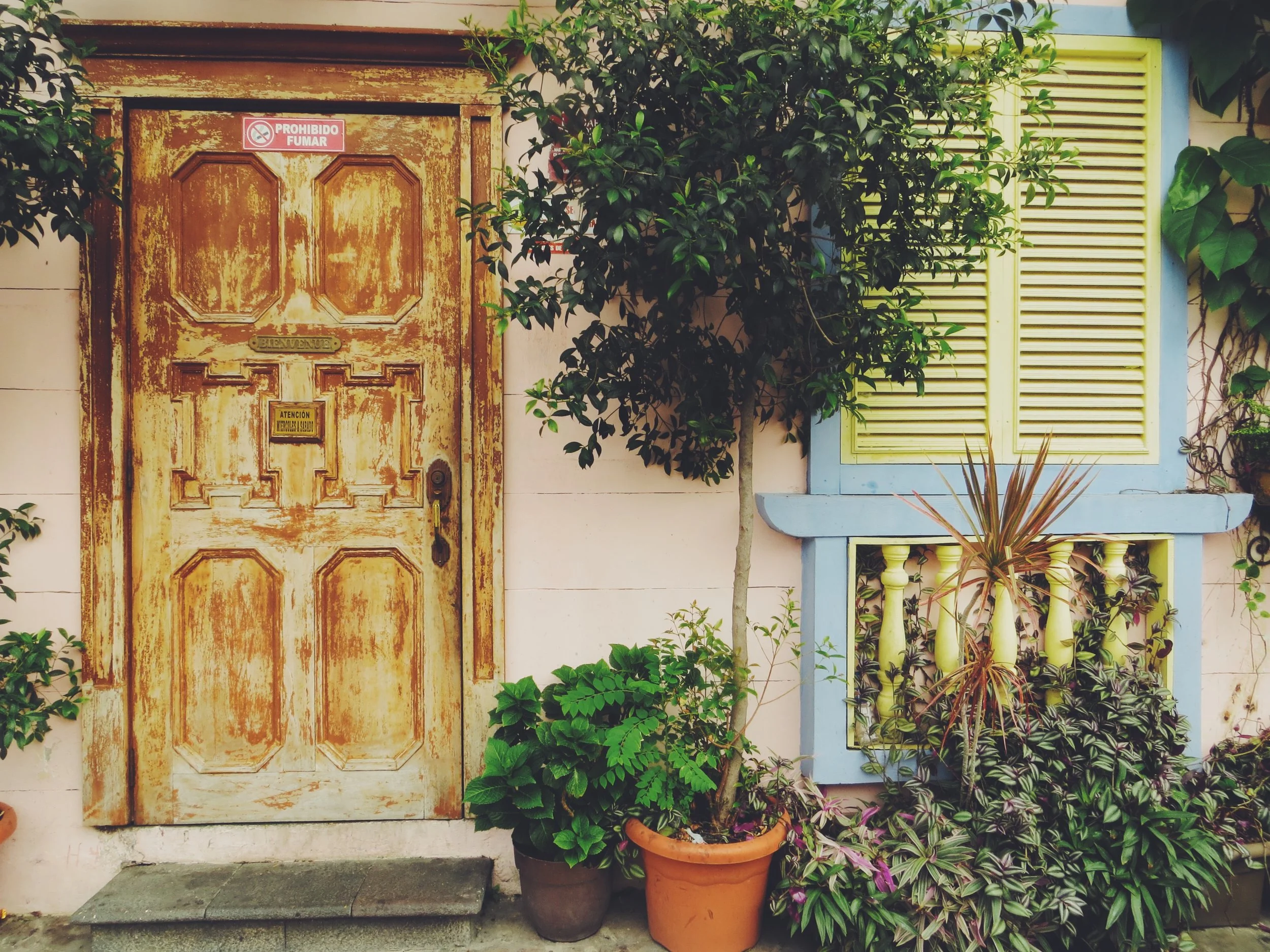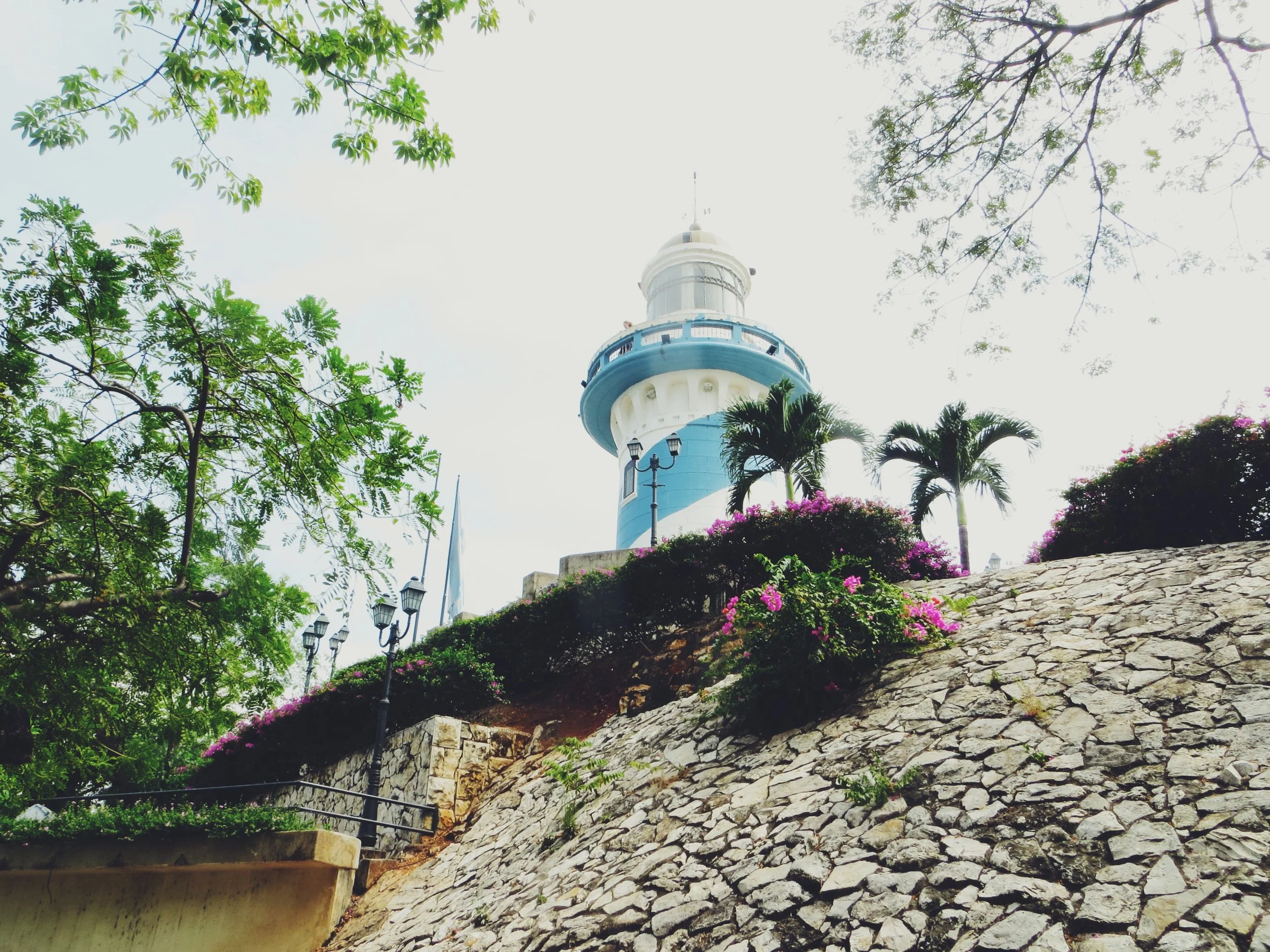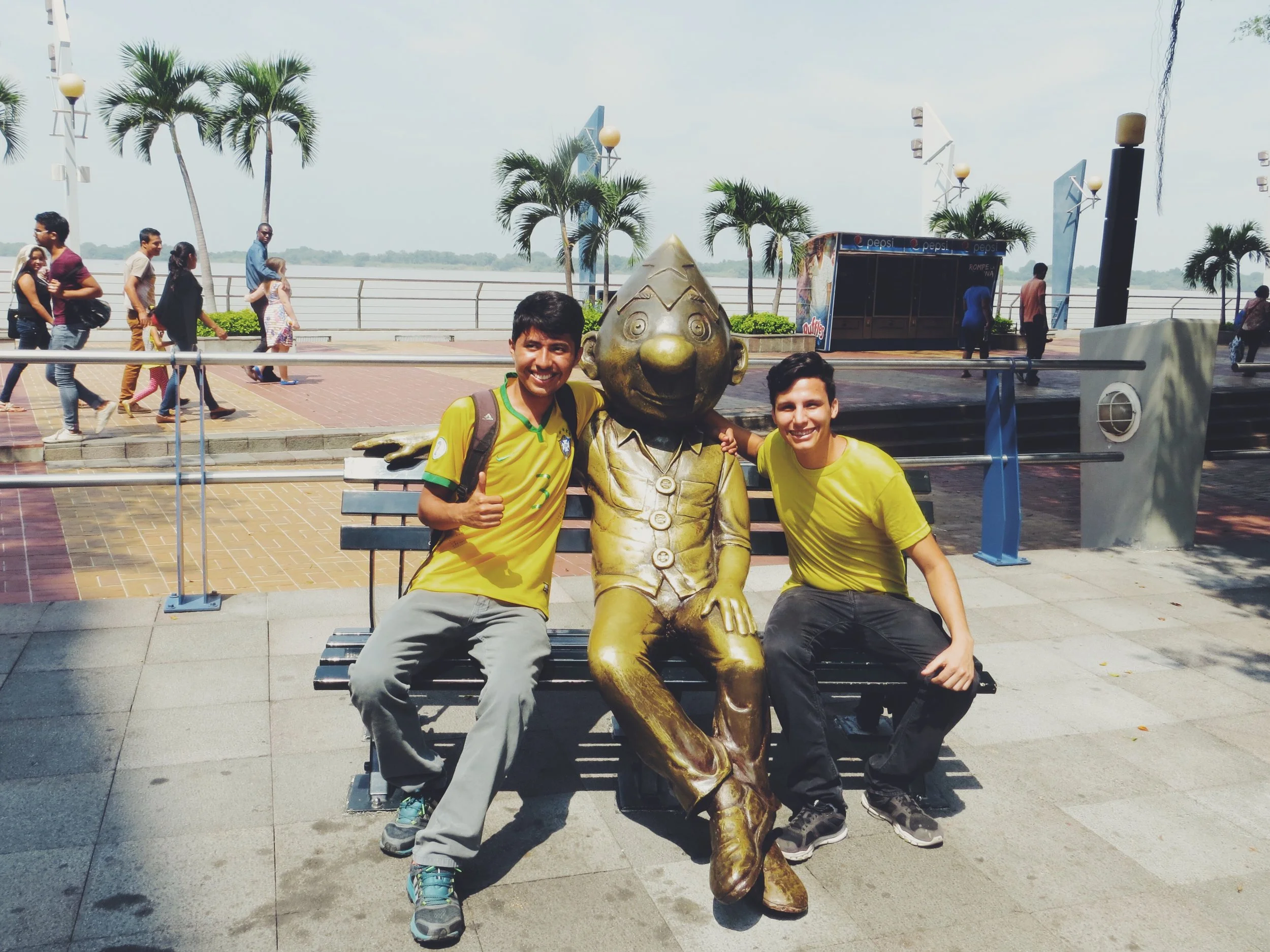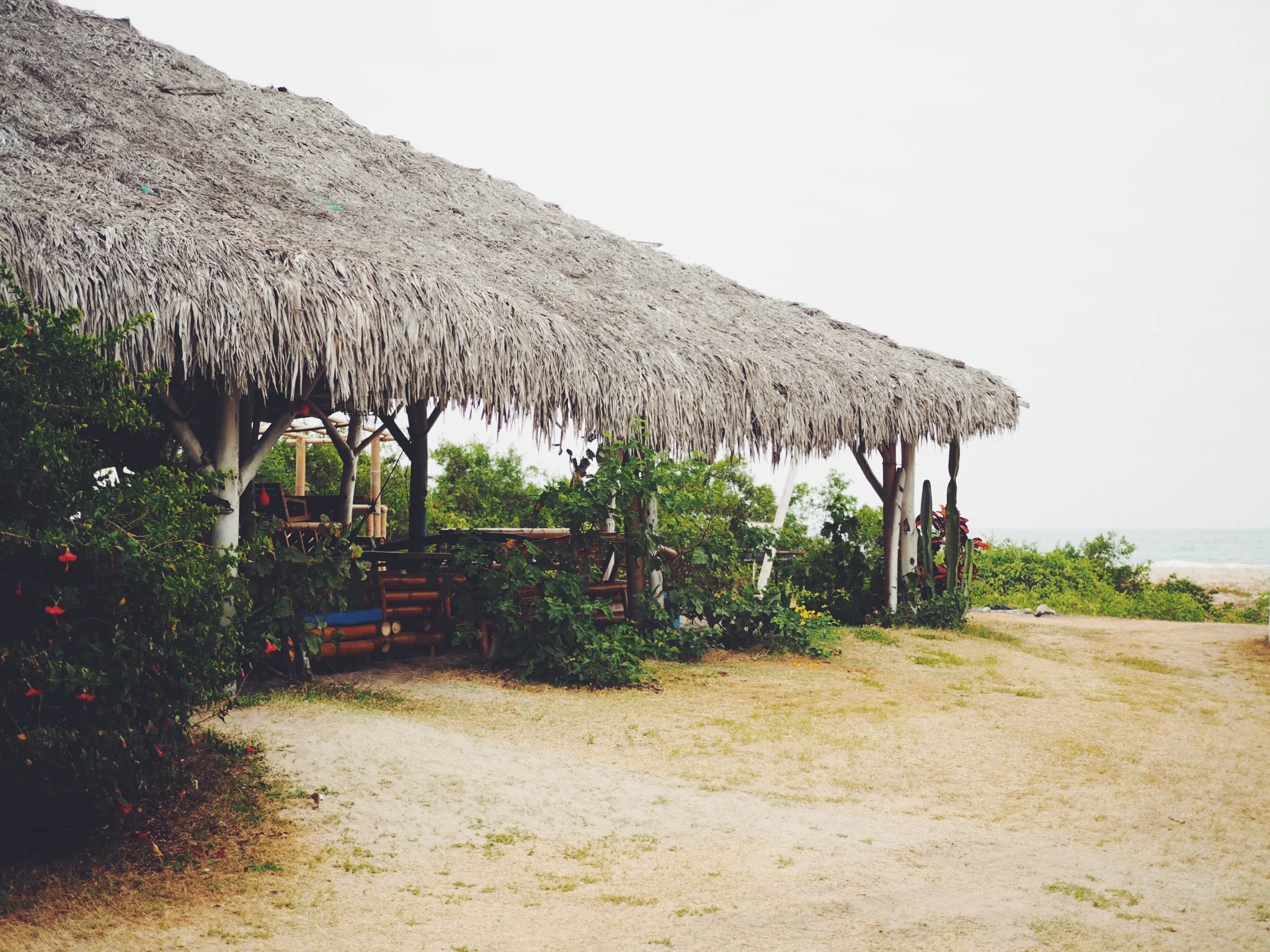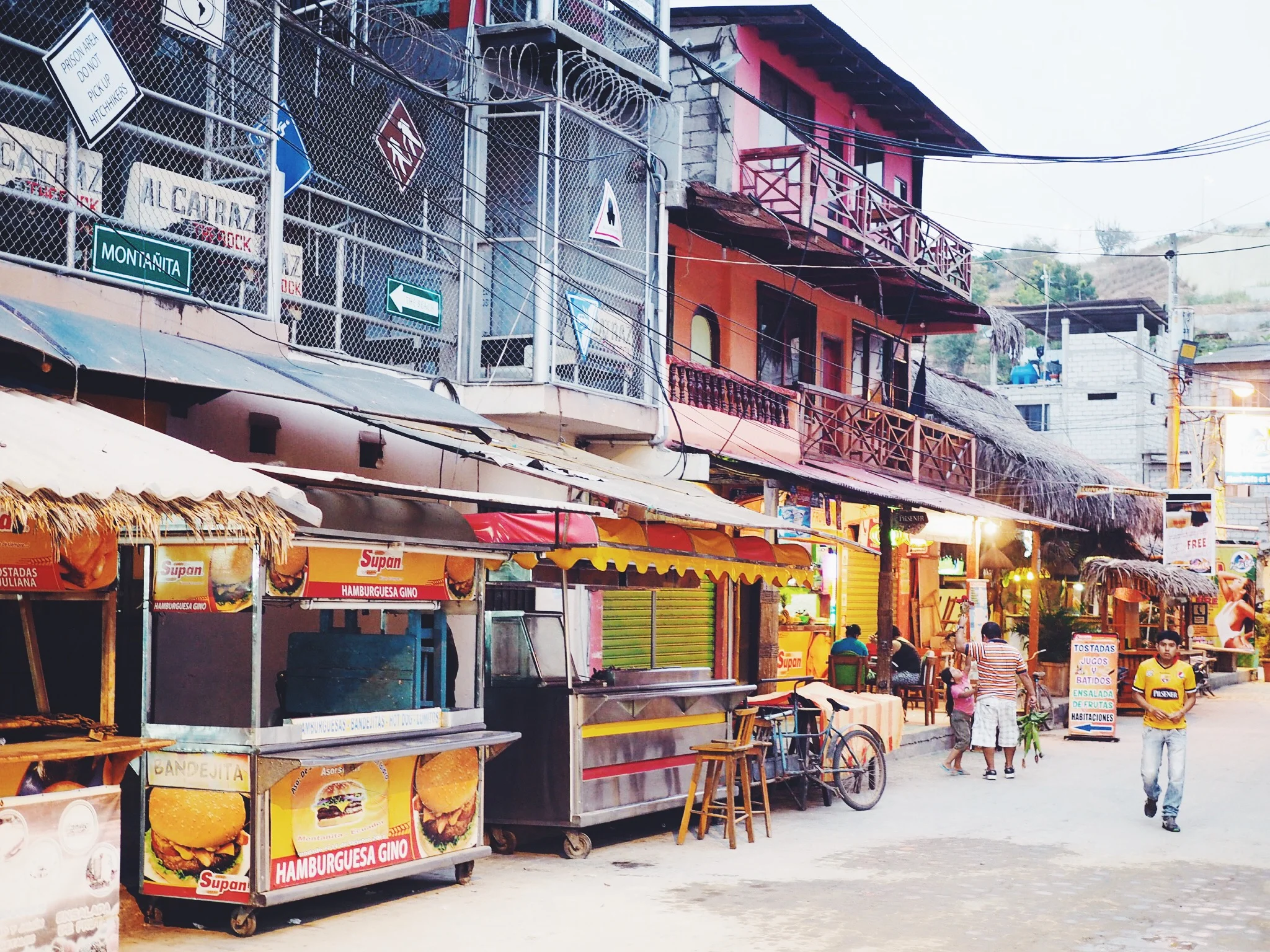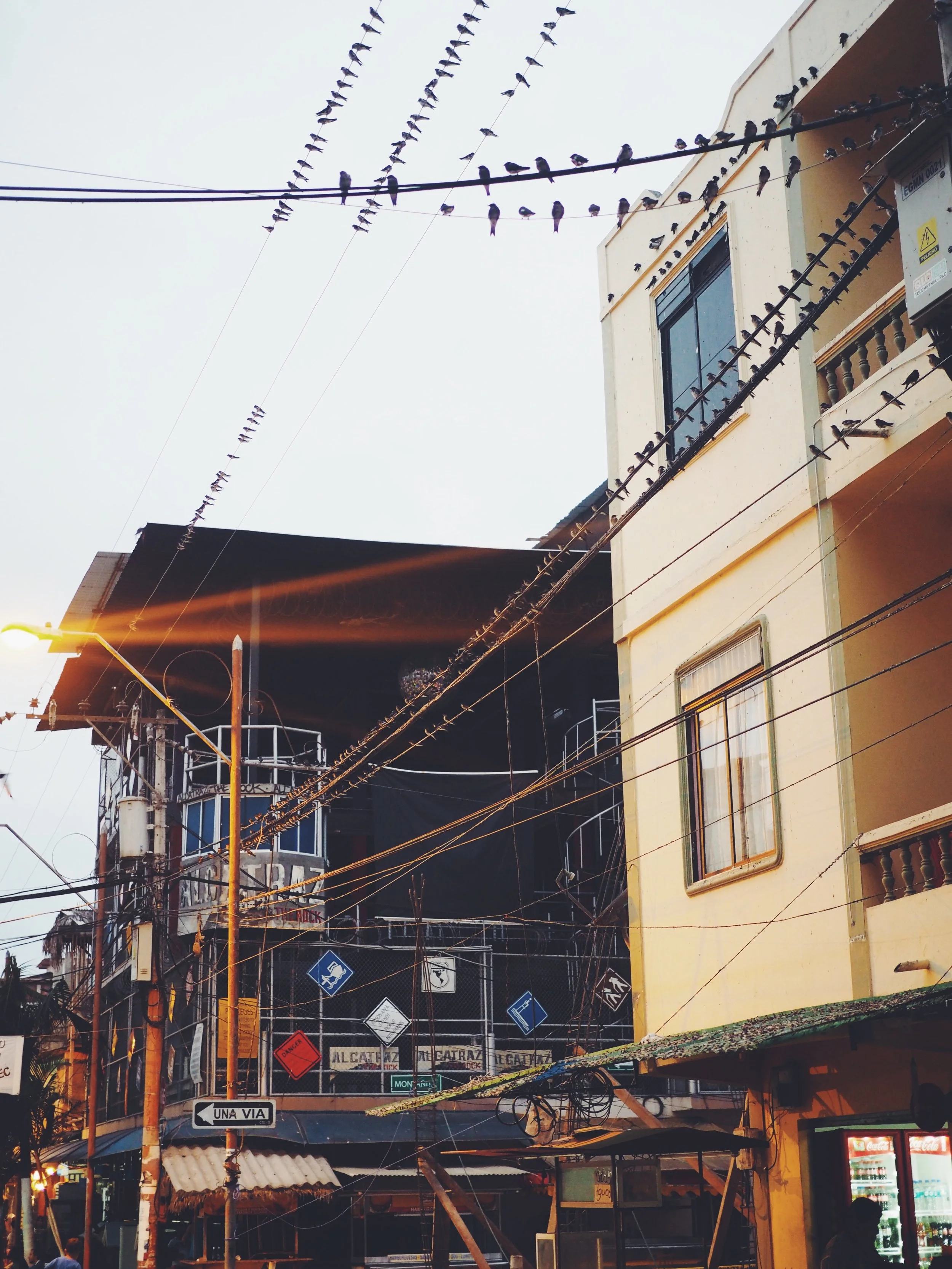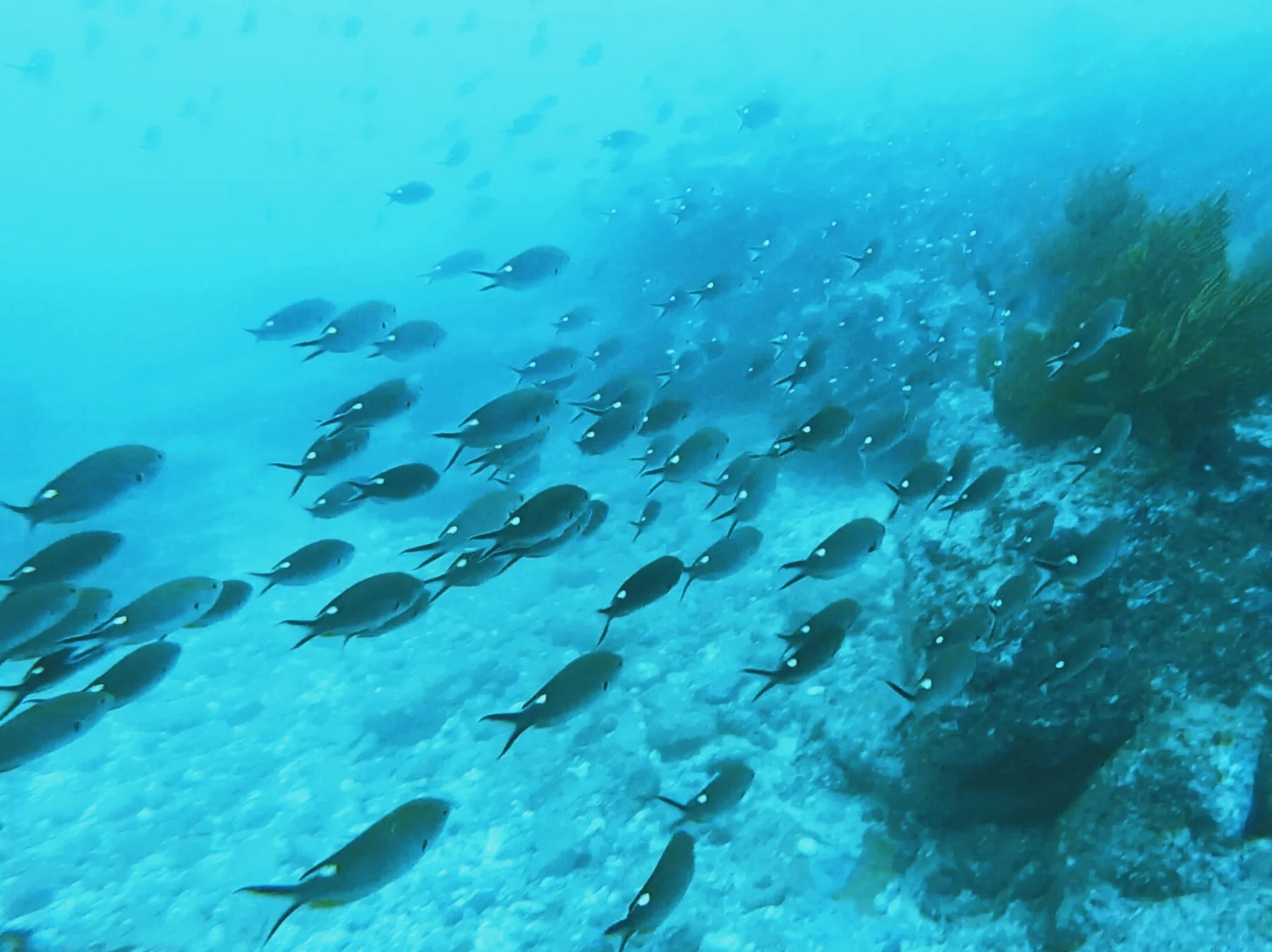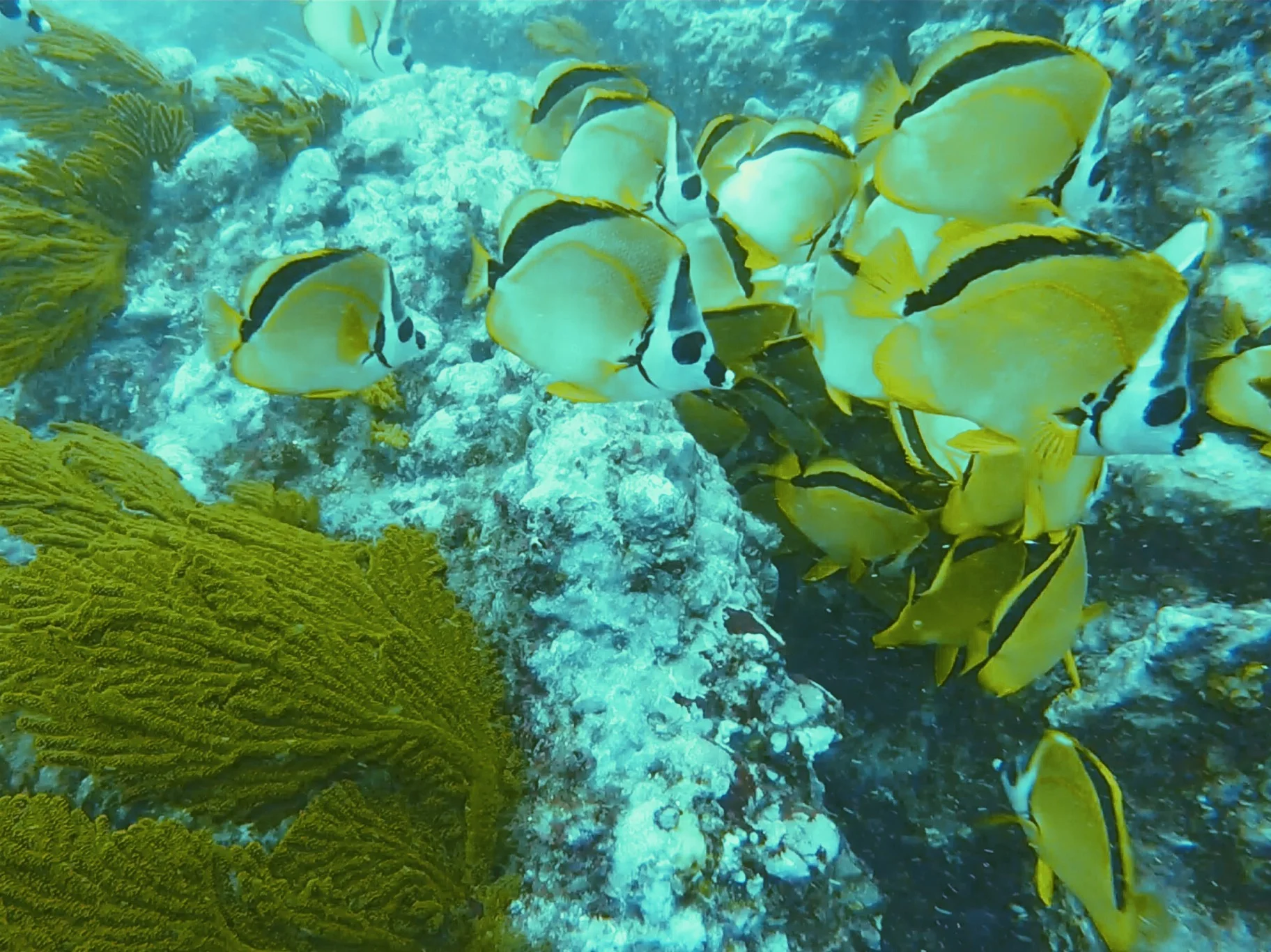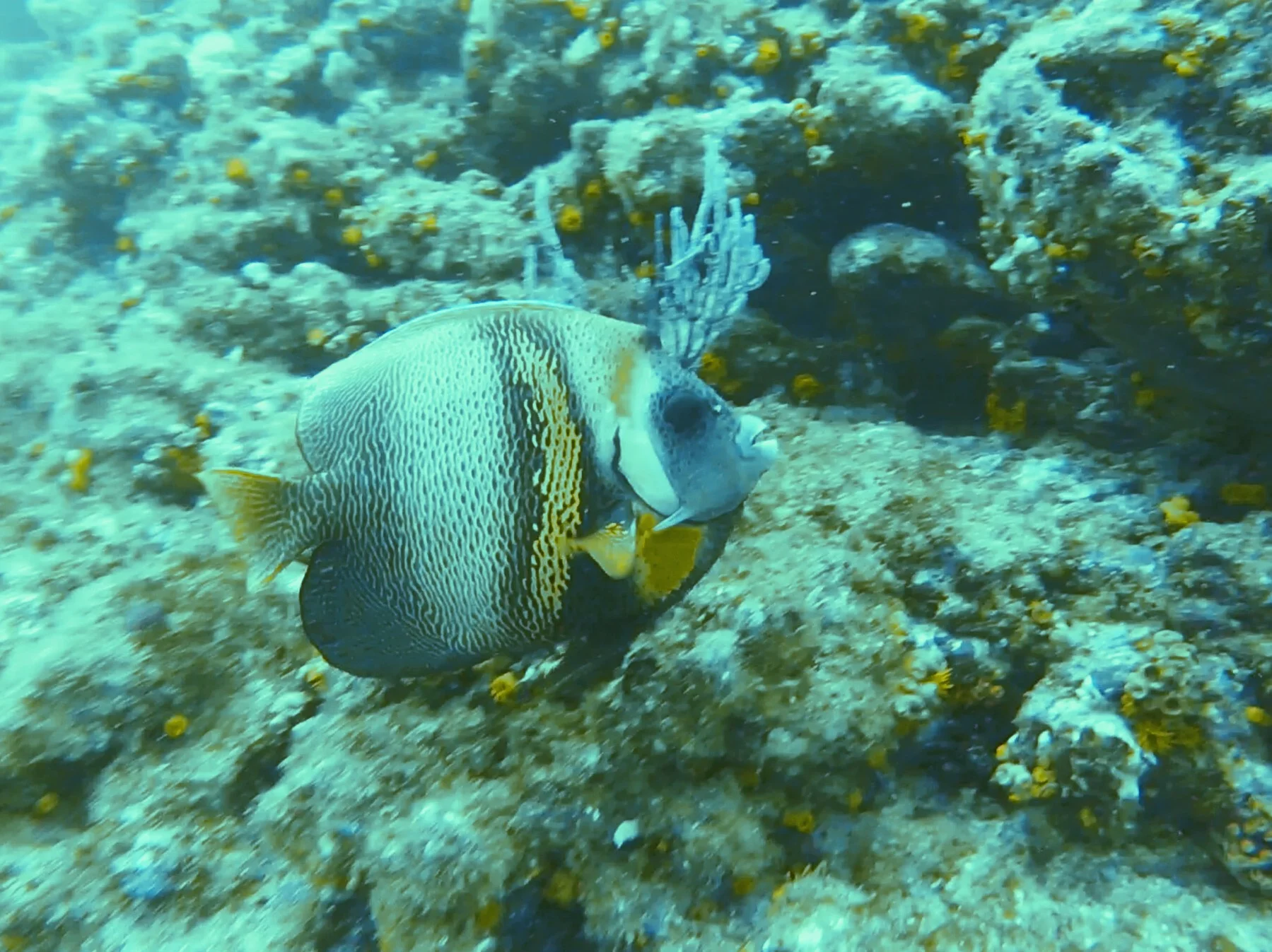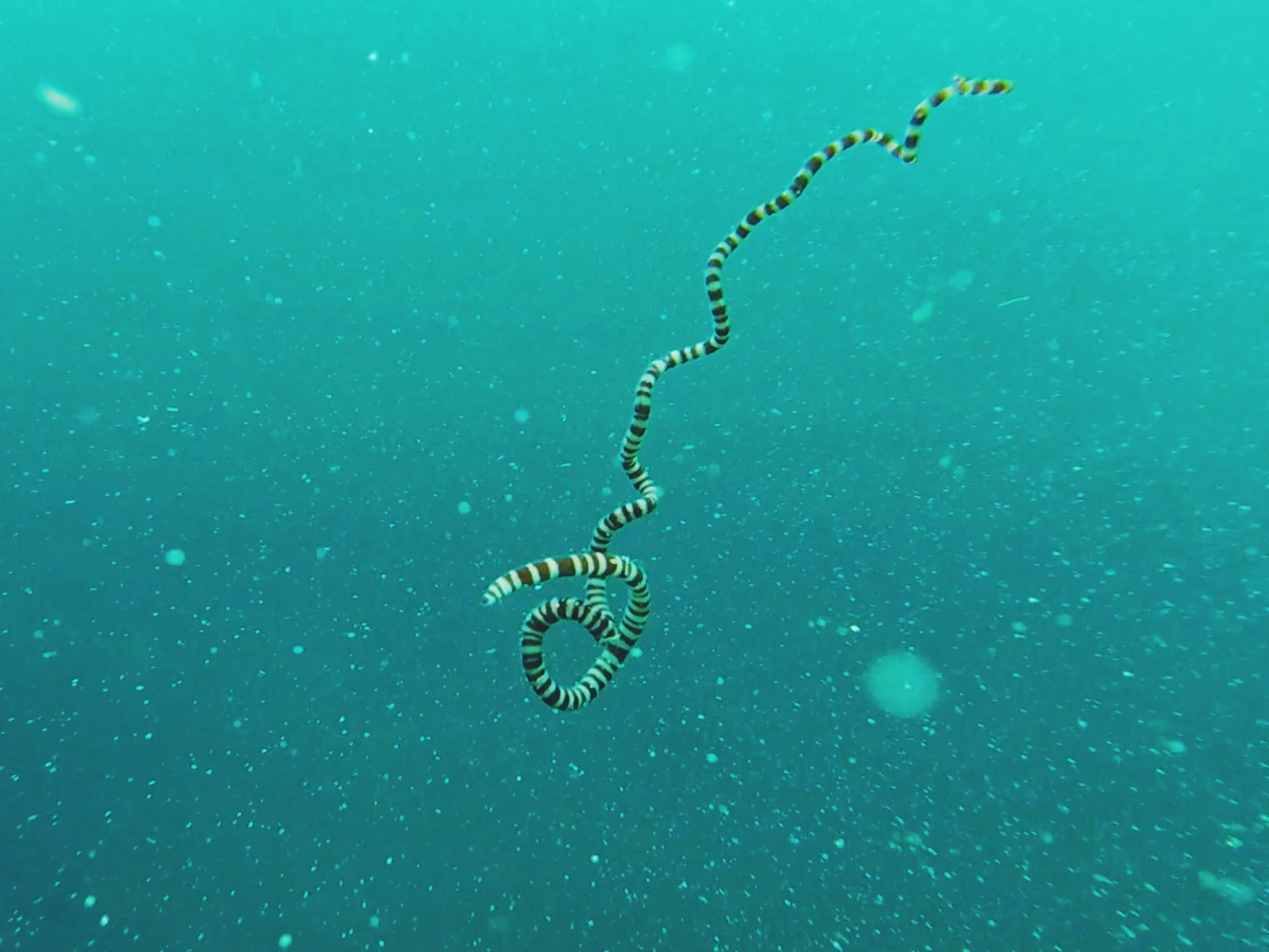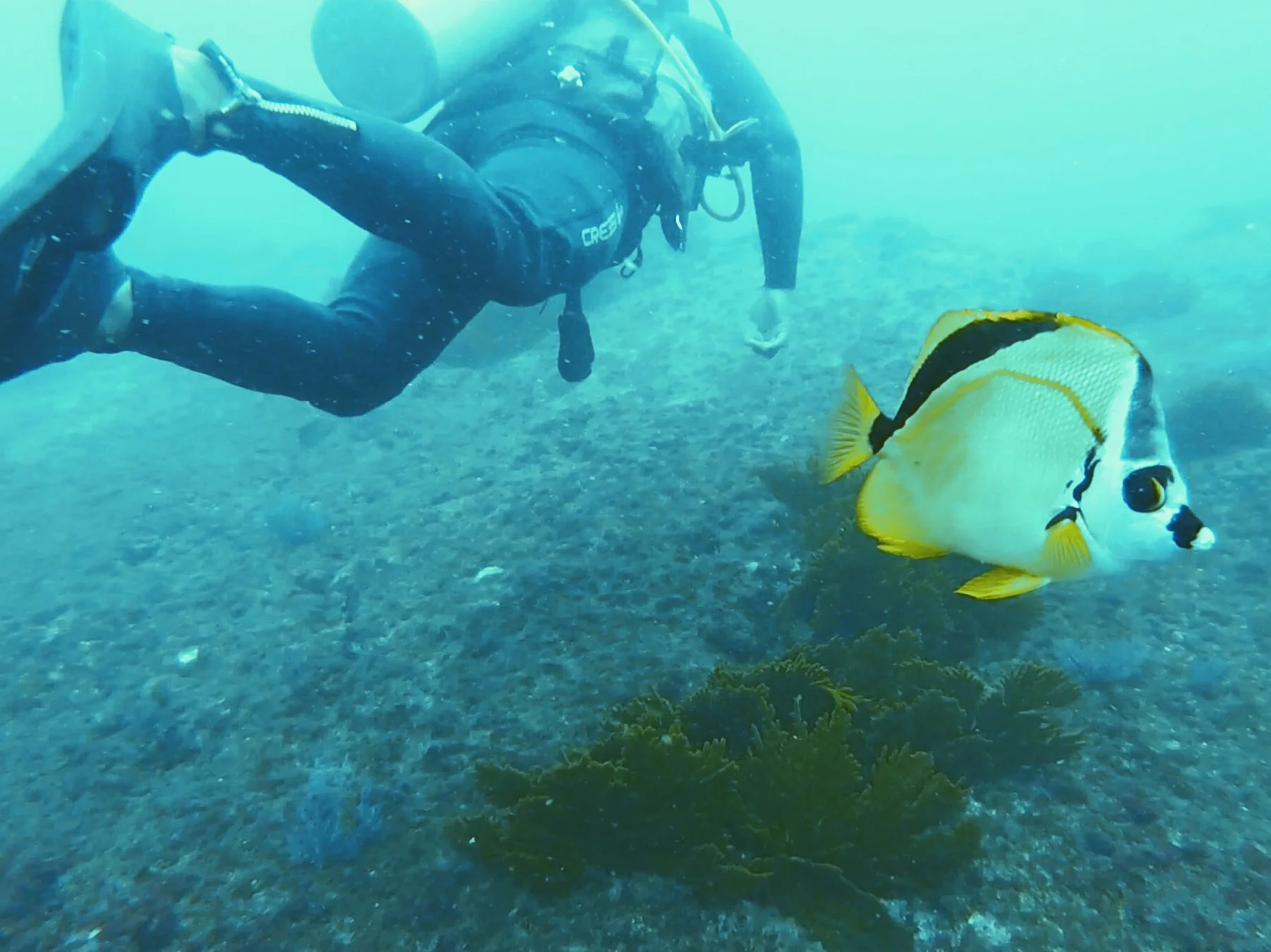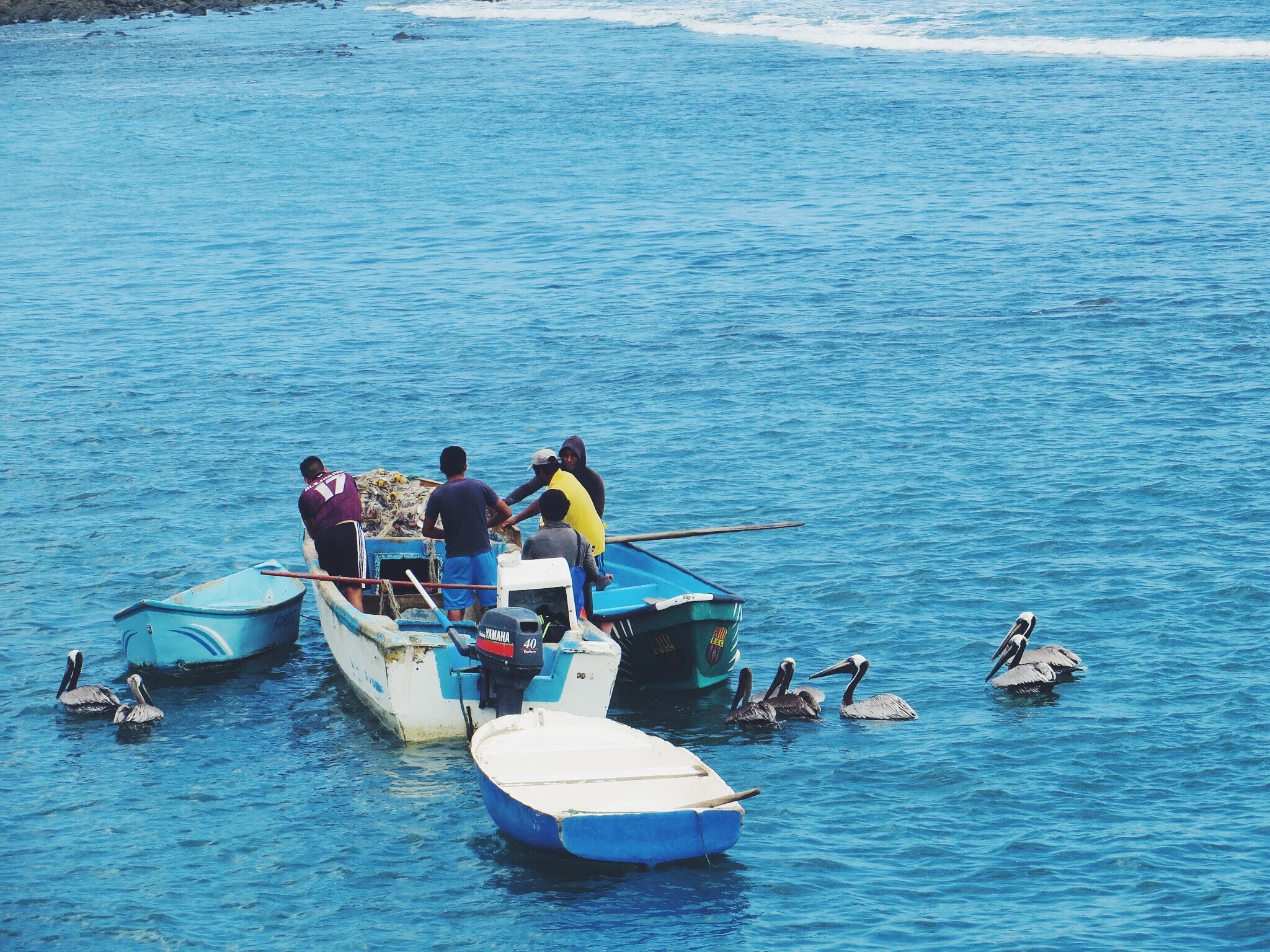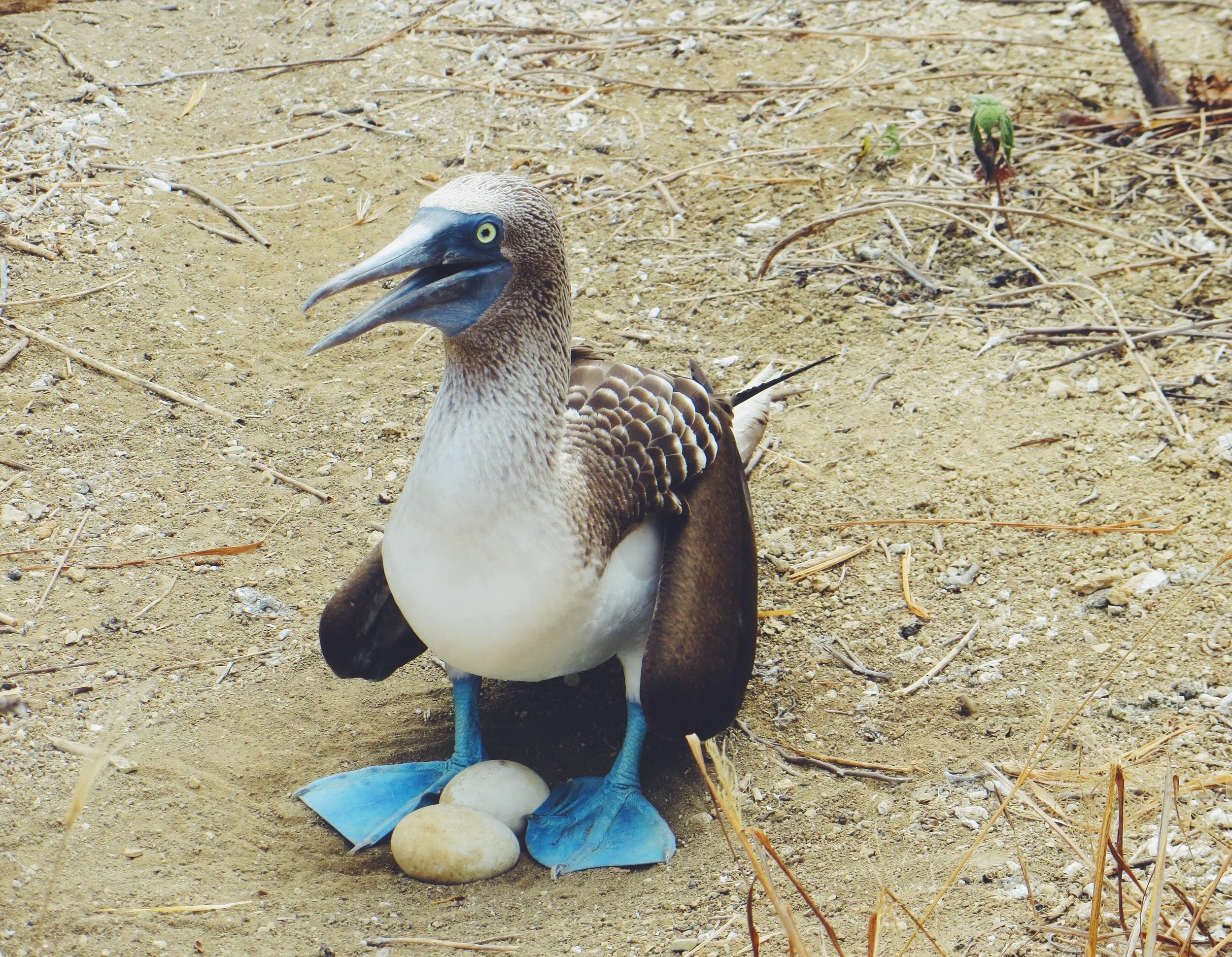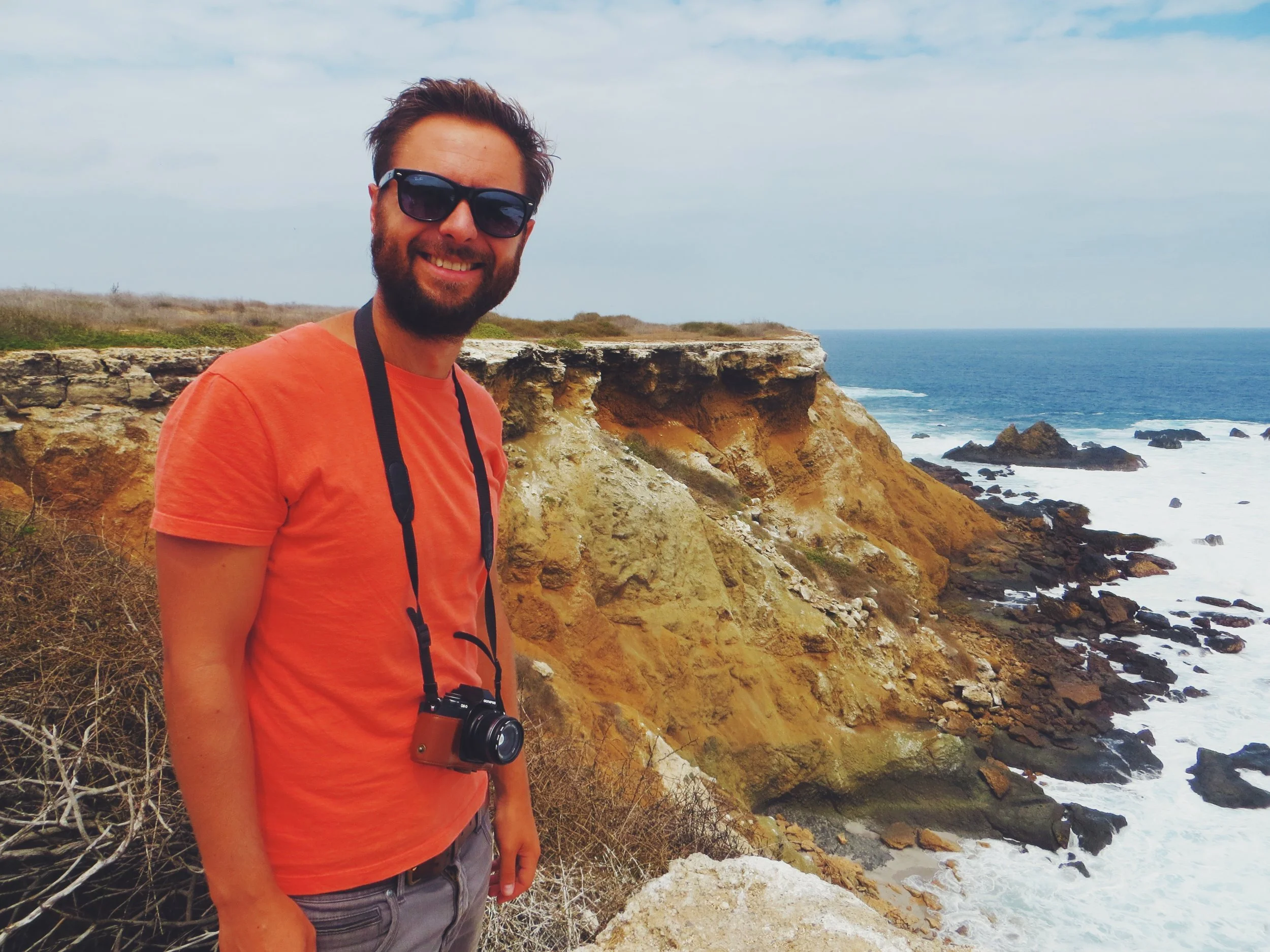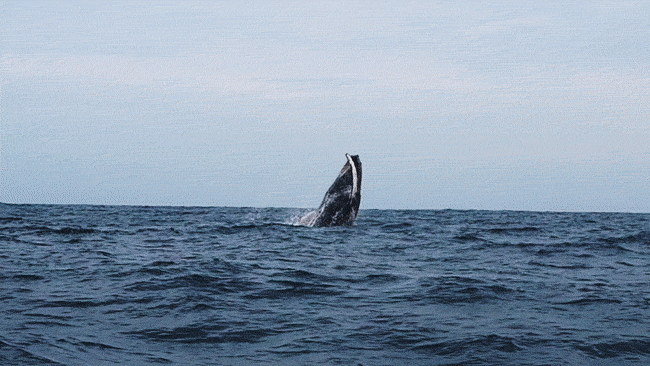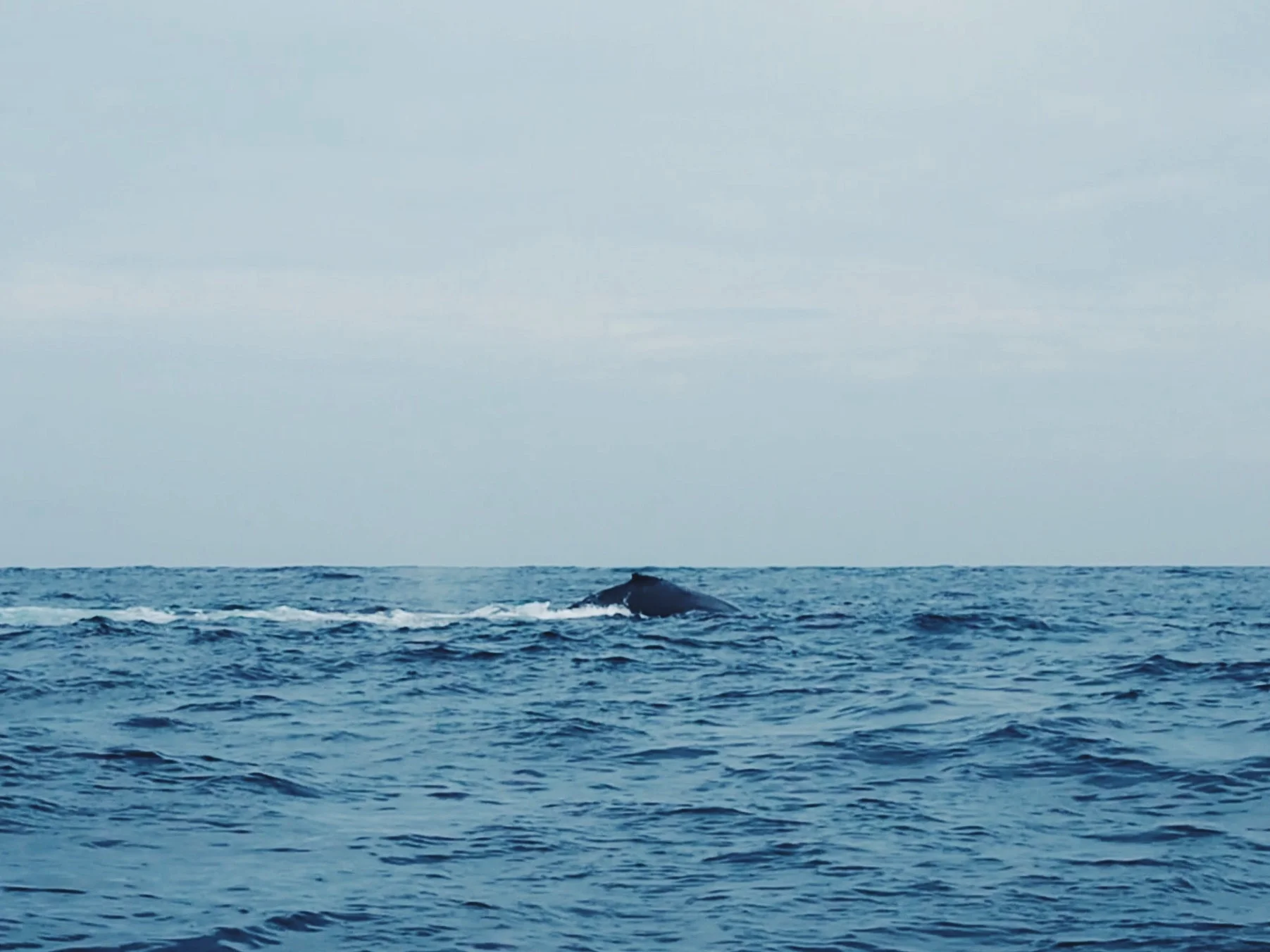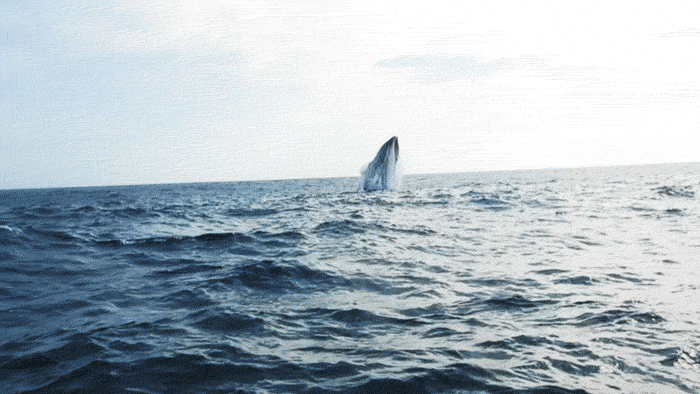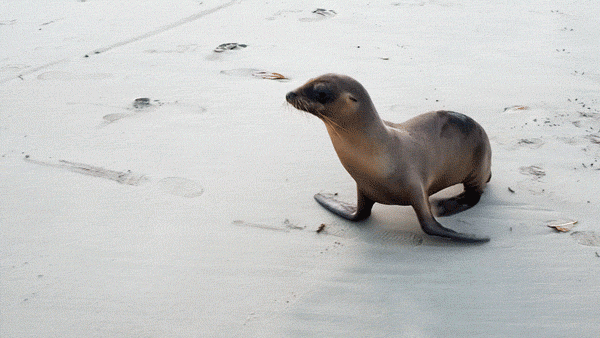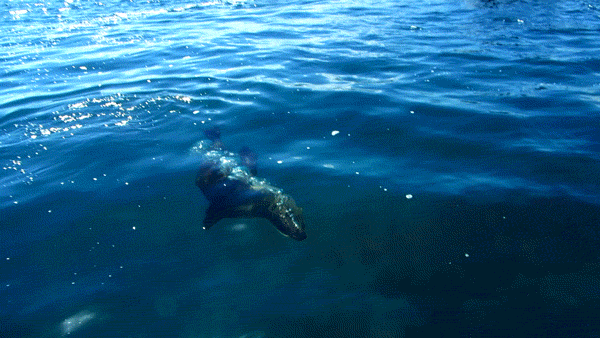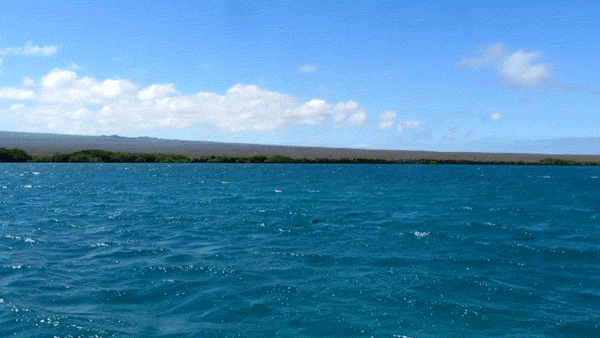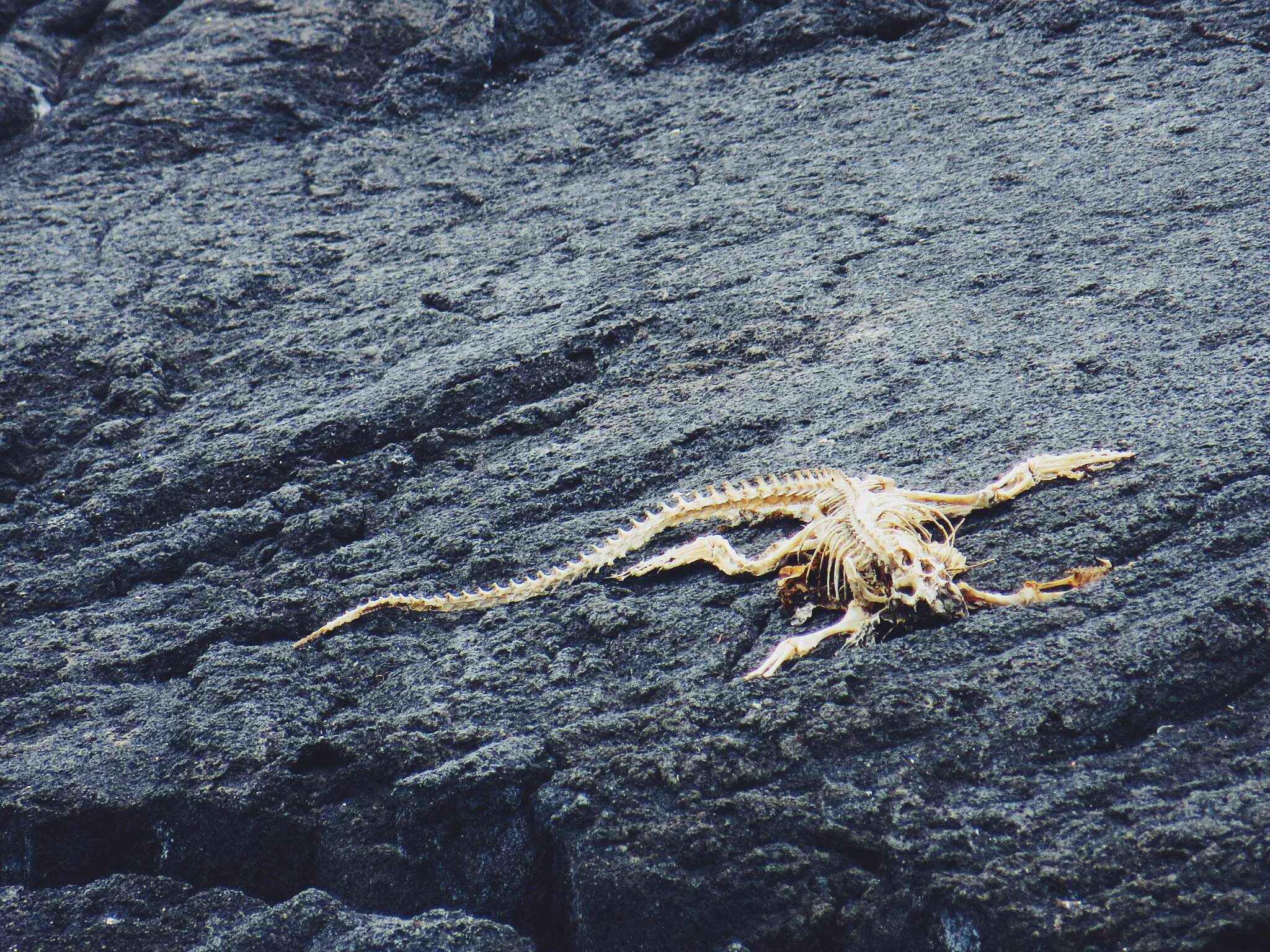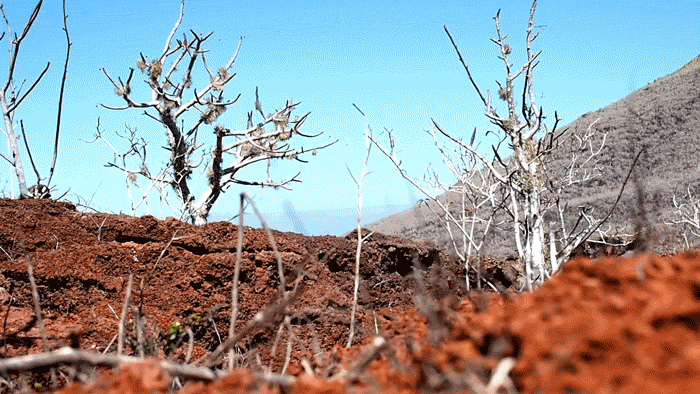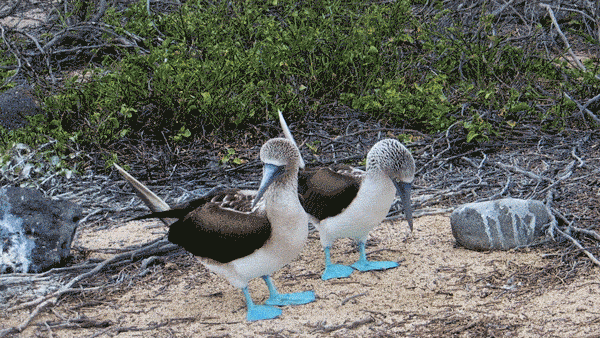Montañita via Guayaquil
After an incredible 12 days exploring the Galápagos Islands, we wanted to have some down time to relax and reflect on our experience, and plan our next movements further north. We decided to skim through Ecuador as we were keen to get to Colombia, but we had heard good things about Montañita, a small surf town 4 hours west of Guayaquil, and so decided to stop there for a few days. After getting our flight back from Baltra airport to Guayaquil, we had an afternoon to kill before getting our bus to Montañita, and so we jumped in a taxi and headed into the centre of Ecuador's largest city.
An Afternoon in Guayaquil
Our first stop was the Parque de las Iguanas, a small square located in the Seminar Park in front of the Metropolitan Cathedral of Guayaquil and surrounded by grand buildings. As the name suggested the park was teaming with large green iguanas, as well as terrapins bathing in various pools. Many iguanas were hanging in the trees, and so we had to be careful not to get hit by iguana poop as we wandered around! It was great being able to get so close to them, take a few snaps, and watch the locals feeding them with lettuce leaves and bananas.
We then wandered through the city centre towards the waterfront of the Rio Guayas, and headed towards Las Penas, the colourful, artistic district of the city. To get there we wandered along the river front passing through various parks with water features and tropical plants. Once we arrived we headed up the steep roads past brightly painted walls, rustic doors and shutters (and many armed guards!) until we reached the lighthouse at the top of Cerro Santa Ana. At the top we started chatting to two local guys from the city called Juan and Julio, who were really friendly and kindly offered to give us a short tour of a few key spots around the city centre.
We spent a few fun hours getting to know Juan and Julio, and visited their favourite local juice bar, a historic clock tower, handicraft markets and a cheap but decent spot to try traditional Ecuadorian food. In return, they quizzed us about lots of English words, as the were keen to learn 'English English', rather than 'American English'. We had heard that Guayaquil wasn't the safest city to visit, so were surprised to find such generous hospitality. That being said, we were glad to have a local show us through the more edgy parts of the city, pointing out when to be wary of pick pockets. After an interesting afternoon of exploring Guayaquil it was time to move on, and so we headed back to the bus station around 6, and took the 3-hour bus west to the costal town of Montañita.
Montañita
After arriving at the bus station we jumped in a cab and headed a few kilometres up the coast to Kamala, a lively hostel run by Anna and James, an Aussie and a Brit who'd met on their travels and decided to run the place together. There was a large bar area where they served chilled beers and home cooked food, a huge pool and a friendly vibe, so as we settled in we looked forward to spending a few days there to chill and enjoy some down time.
The beach was literally 20 meters away from the hostel, making it ideal to go for a quick swim (when the waves weren't too big!), or stroll down the coast along the sand to get to the town. The following morning, after a hearty breakfast of fruit and pancakes, we wandered down the coast to the centre of town to suss it out. Our fist impression of Montañita was that it felt a little tacky, but it definitely had a fun atmosphere and seemed like a great place to have a big night out. We stopped for lunch at a small restaurant and ordered the 'menu de dia' to keep things cheap.
Whilst walking through the town we noticed how many birds were perched on the electricity cables - literally thousands - meaning you had to be careful not to get showered when walking underneath, and many of the locals walked around with umbrellas as a precaution! That afternoon there was a pirate party kicking off at Kamala hostel, and so after a few beers and shots of rum we all headed out into town for some cheap cocktails. We had heard that the best club to visit was 'Lost Beach Club', and we all ended up there and danced into the early hours.
Searching for Mantas
During our stay at Kamala the owner Anna had spoken to us a lot about the Manta Rays that were visiting the area, and having not seen them herself was very keen to arrange a diving trip. The odds of spotting them were apparently very good, and having always wanted to dive with Mantas we were easily persuaded to sign up. After waiting for a few days for the right conditions we were up early and drove about half an hour south to the small town of Ayangue where we met up with her friends who worked at Ray Aguila dive outfit. We visited two dive sites that morning and whilst we did see lots of fish, sharks and corals, as well as hearing humpback whales underwater, unfortunately we did NOT spot the ever elusive Mantas!
Isla de la Plata
One of the most popular places to visit from Montañita is Isla de la Plata (also known as the 'Poor mans Galápagos') situated off the coast of Puerto Lopez, a town not far north from our hostel. Having just been to the Galápagos Islands we felt it might be a bit of a disappointment, but we had been told it was humpback whale season and spotting them was pretty certain on the journey there and back. By chance we bumped into the lovely Swiss couple who were also on our Galapagos cruise, Flo and Margot. As neither of us had seen whales during our cruise we were all excited to have another chance, and so they headed to Kamala hostel (who had organised the trip for us) and joined our group.
After an hours drive we arrived at the small seaside town of Puerto Lopez. The docks were filled with fishing boats, attracting many pelicans, and after being introduced by our guide we all piled into a boat and set off from the port towards Isla de la Plata. We were told by our guide to keep an eye out for whales on the way, and so our group were fixated on the deep water with cameras at the ready as we headed towards the island. After about half an hour we spotted our first whale on the horizon, but unfortunately it was too far away to see properly. We spotted a few others again in the distance but they all seemed to disperse, and our captain explained that we'd have a better chance on our way back.
We arrived on the Island around 11am, and were organised into 2 separate groups. After a bit of waiting around our guide led us up the path to the top of the hill, and began to explain about dry climate and conditions on the island, and how it affected the vegetation and wildlife. Once we got to the top we spotted a series of nests belonging to the Blue Footed Booby, birds we had seen a lot of on the Galápagos. The novelty of their brightly coloured feet still hadn't worn off for us, and we enjoyed watching each couple perform their typical mating dance accompanied by whistles and squarks.
We continued further to the edge of the island and stopped at a huge cliff face that looked out over the ocean. There were many birds nesting and flying around the cliffs, including tropic birds, Nazca boobies and frigates. Our guide explained the meaning behind the name of the island - Isla de la Plata - meaning Silver Island. This was due to the colour of the ground covered by thousands of bird droppings. This created the illusion of a shimmering silver island for boats looking from a distance. We were also told that the fertile soil created from the droppings was incredibly sacred and valuable during inca times, and trespassing in these areas could be punishable by death!
After walking back to the boat we were told we had some snorkelling time, and so we headed a little way up the coast to a spot which we were told had beautiful corals. Unfortunately once we entered the water we realised the visibility was really poor, and so found it hard to spot anything in the silt-filled water. We did managed to spot a sea turtle, a small Ray and some tropical fish, although most of the footage wasn't clear enough to make out. We then got back into the boat and had a quick sandwich and banana before making our way back.
The journey back was our last shot at seeing humpbacks, and our guide told us we would be better prepared to find them this time. After half an hour of travel the captain signalled that there were whales in the area, and so we kept our eyes peeled looking for any activity in the expansive blue ocean. We started to notice large shadows moving beneath us, and some whales started to rise above the water level showing their tails and dorsal fins. There must have been about 6 in total, and we kept a look out, doing our best to capture the incredible animals on our cameras.
Then suddenly not far from the boat a huge whale breached right in front of us, making a dramatic splash of white water as it landed. It was incredible to witness one of the largest mammals on earth at such close range, and in such numbers. After about half an hour of watching the whales jump around our boat we headed back to the mainland and ended our tour.
We found that Montañita was the perfect place to help us mentally recharge, research and plan the next stint of our travels. We met some great people at Kamala Hostel and took advantage of the parties in and around the town, but also welcomed the down time by the pool sunbathing (and nursing hangovers!). We were also able to witness some fantastic wildlife, and seeing humpback whales so close was definitely something to tick off our bucket list. After 5 days by the beach we were excited to be heading onwards to Quito and within the week, arriving in the much anticipated Colombia.


